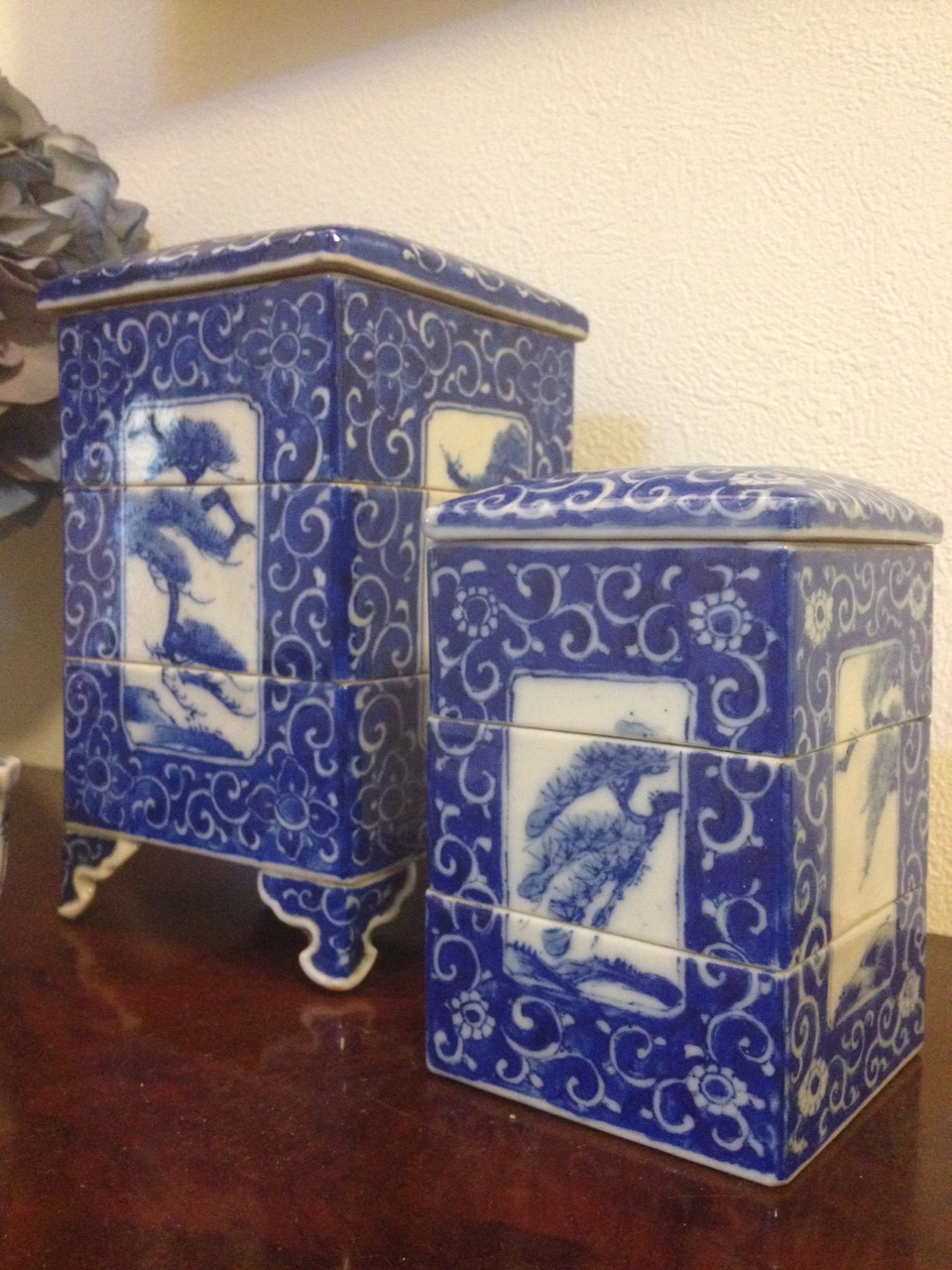
An absolute favorite of mine, porcelain jubako, stacked tiered food boxes, are harder to come across than more standard porcelain shapes such as plates and bowls. That being true, it hasn’t kept me from accumulating quite a few and helping others do the same. I always refer to them as jubako, but it may be that the porcelain ones should be called danju, while the lacquer ones are officially jubako. Shrine sale dealers call them jubako, so for now I will use the terms interchangeably. Personally I’ve never put food in mine. Instead I like to use them for trinkets on night stands, spices in the kitchen and anywhere you need to stash some small valuables.
In my entryway they hold extra keys to the house and car, buttons and hooks that have fallen off jackets and other odds and ends. Mine are unusual in that they are square, much less common than round ones, and the larger one has lovely scrolled feet. The bright cobalt and densely pigmented karakusa (scrolling arabesque pattern) are typical of Seto porcelain, and although purchased at very different times, seem to have been painted by the same artist. I have enough Seto ware these days that I can see the hand of distinct artists on certain pieces. As for the cloth dolls on the right, they have their own extraordinary tale to tell and will be featured in an upcoming post for Hinamatsuri or Girls Day.
Over the years I have helped to put together numerous collections. It seems once bitten by the jubako bug that one is never enough. They look wonderful grouped together or mixed in with other porcelain. It’s always important to vary shapes and heights as well as the density of pigment and painted motif. This collection of five hand painted Imari jubako has a lovely balance of stylized and naturalistic motifs.
This collection is used in the bathroom to hold cotton balls, Q-tips, make-up, make-up brushes and jewelry. Again note the variety of height, shape and painting style. The three outer cases are inban, Japanese transferware, while the two center ones are painted in a naturalistic style.
This trio represents three very different styles and eras and you can see those differences reflected clearly in the various shades of blue pigment.
Here jubako are mixed with two geisha pillows, the porcelain neck rests used for preserving elaborate coiffures when lying down. I think there will have to be a post on those in the near future too.
Blue and white jubako aren’t the only porcelain types out there. I have a weakness for the prettily painted Kutani ones. This style of Kutani ware isn’t the densely pigmented and almost brocaded paint commonly associated with the best pieces from that region. (It occurs to me that I have never properly written about Kutani porcelain, so that will be added to my check list for spring.) Instead, they have a soft painterly naturalistic style. The little sake cup warmer in the center makes a great votive candle holder.
For all the thousands of ginger jars we see each month in the design press, I have almost never seen jubako featured, other than this one in John Anderson’s New York home.
But recently I spied a lacquer one in this Vincente Wolf designed apartment on the January cover of AD – you can just see it on the table in the center of the room. While I am drawn to the porcelain jubako, the most common material they are made of is lacquer and examples of antique and new ones can be found everywhere.
They are used for traditional osechi ryori (New Year’s food) which is served room temperature in the layered lacquered boxes. For more details on the food in this photo check out Savory Japan.
The contents and the containers are things of beauty both!

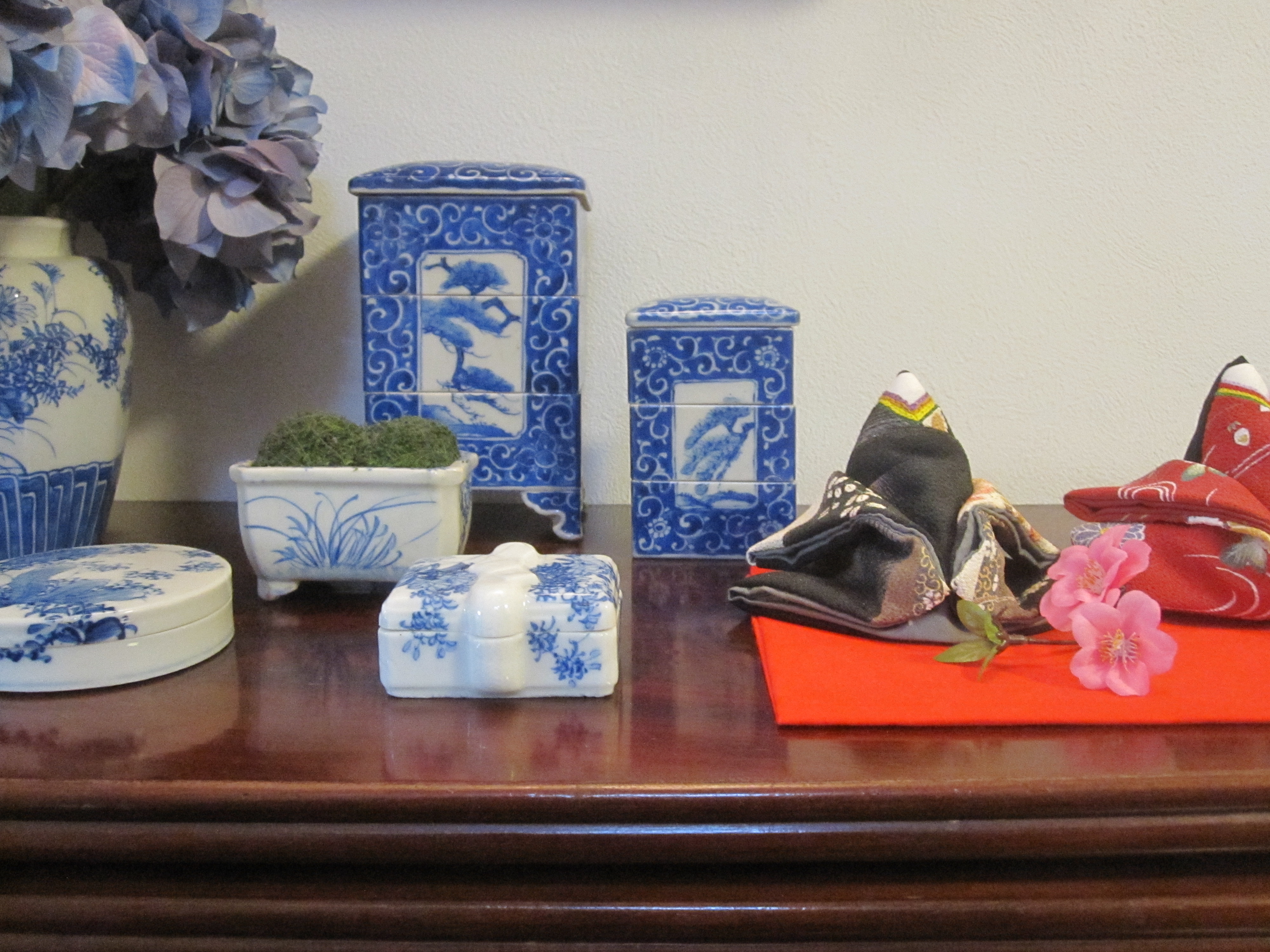
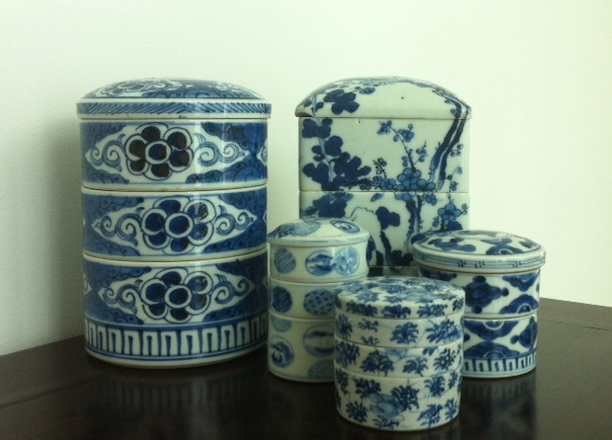


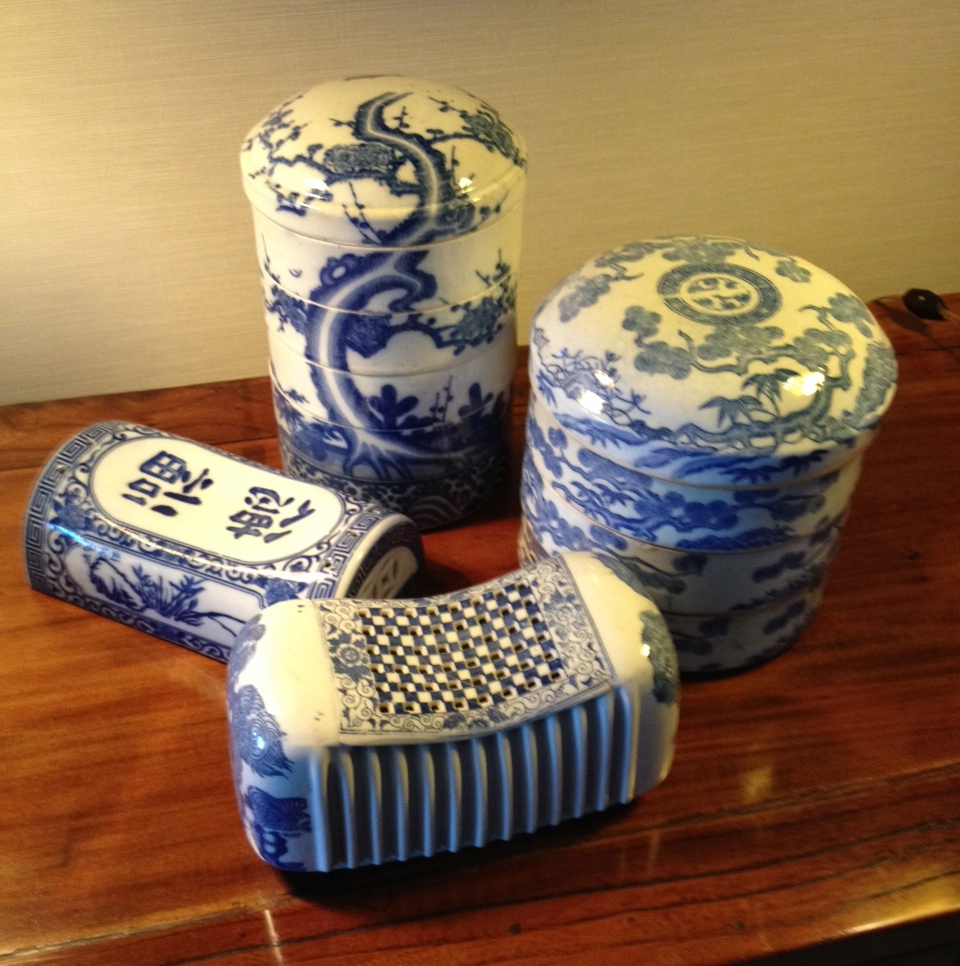


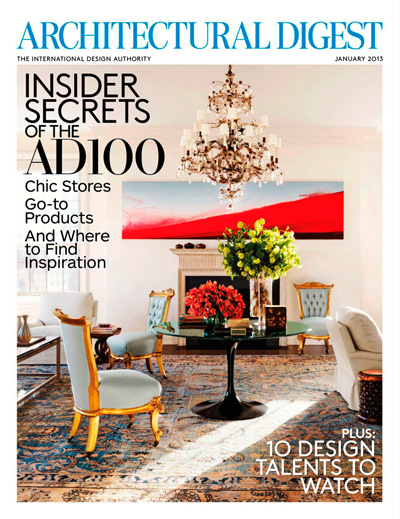

Love them so much. They might need to be my next project for the living room reno plans I’m working on.
Hey – loved your post, and loved all the other jubako. Gorgeous collections… OX
Loved your post on jubako. In fact, I love your blog, period. The writing is excellent and the scholarship admirable. Great photos, too. AND good advice! I did get one of those black-and-white dhurrie rugs from Ikea that you recommended. Keep up the good work!
Your collection is just beautiful!! I love the Kutani boxes.
I lived in Japan for 12 years. I fell in love with jubakos and pride myself on having collected 36.
I inherited what I think to be an antique jubako box from a dear family friend whose relative spent much time in what was then Siam. I’ve had it for about 40 years, and it was old back when I first got it. It is about 14″ tall (11″ + 3″ for the handle) and 10.5″ in diameter. There are two deep and one shallow (divided) layers. It is brown wood with a worn enamel exterior that has dark brown designs painted on it. I’d be willing to send pictures if you’d like – I’d like to learn more about it. I also have many other small objects from the same friend – all of them from the same (Siam) era. Do you know of any experts from that time period who would be willing to give me some feedback on how I might go about selling these items?
Thanks in advance.
I’m happy to look at photos and would recommend you visit an auction house that deals with Asian porcelain to ask about valuation.